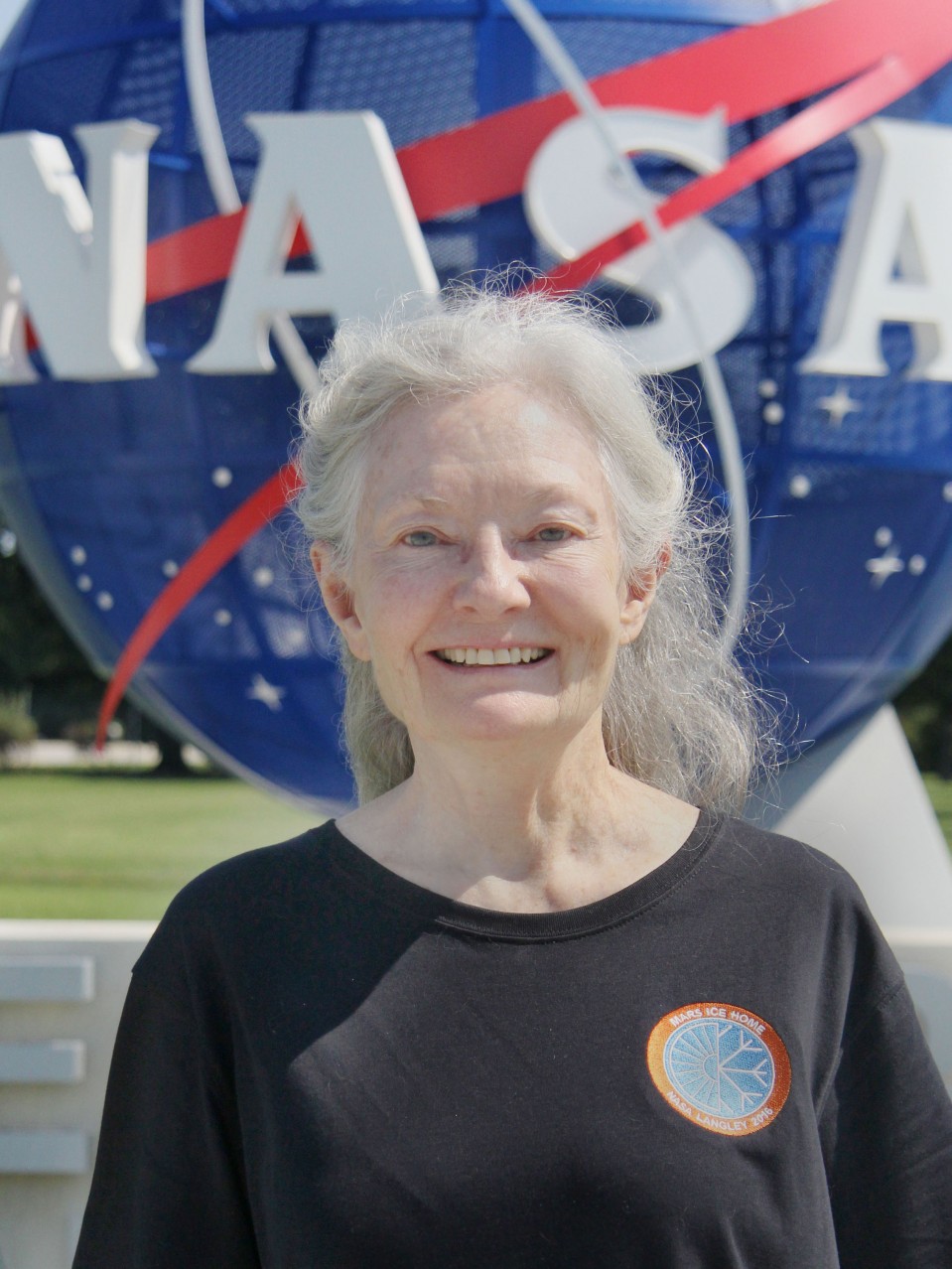


In the months leading up to the 50th anniversary of the Apollo 11 mission, we are sharing the stories of the people who made the moon landing possible as part of our Airlock space newsletter. (Check out our last story, “Meet the man who helped double-check the sums to keep Apollo 11 safe.”) This week: Sheila Thibeault.
Many of the people who worked on Apollo went onto careers outside space, some in medicine or aviation. Not Sheila Thibeault. Apollo is just what got her hooked: 50 years later she is still working at the exact same spot, NASA Langley Research Center in Hampton, Virginia. Langley was also the home to Katherine Johnson, who made important contributions to calculating the Apollo trajectories and became more widely known after she featured in the recent movie Hidden Figures.
When Thibeault first showed up at NASA, she just needed a summer job. She was fresh off a physics degree from the College of William and Mary in Virginia and wasn’t looking much further ahead than the next few months. But the Apollo program was in full swing, and she had a lot of opportunity to get involved.
She found her niche working to create and run tests of the Rendezvous Docking Simulator (which has since been declared a historic site). Astronauts from Gemini and Apollo all used this hefty machine to master the tricky task of achieving lunar orbit rendezvous (LOR).
This was the name for the process in which the spacecraft that landed on the surface of the moon would reunite with the orbiting spacecraft that would power the astronauts home. That was the plan, at least. Failure to dock meant failure of the whole mission. “It was very controversial at first because it was considered very high risk,” says Thibeault. “Because if something went wrong with that rendezvous and docking, we might lose two astronauts, and there would be nothing we could do. There would be no way we could get to them.”
So the astronauts had to train for every possible situation on the six-degree-of-freedom Rendezvous Docking Simulator, which hung from the ceiling near where Thibeault worked. A major element of the training was learning to line things up by looking at a TV monitor. But televisions weren’t as good back then: there was a lot of distortion.
Thibeault’s role was to help figure out how much distortion there was, and to help combat it to ensure that the astronauts could line things up in the simulator—and then, later, for real. “It was for the astronauts. It was to make the visual cues sharper so that they could accurately and safely do this mission,” she says.
All these years after the Apollo missions, she is still helping keep today’s astronauts safe. “Fifty years later, I’m working on protective clothing for them to wear to protect from radiation,” she says.
Want to read some of our Apollo profiles? Meet the man who helped double-check the mission’s calculations and the researcher behind the Apollo boot print.